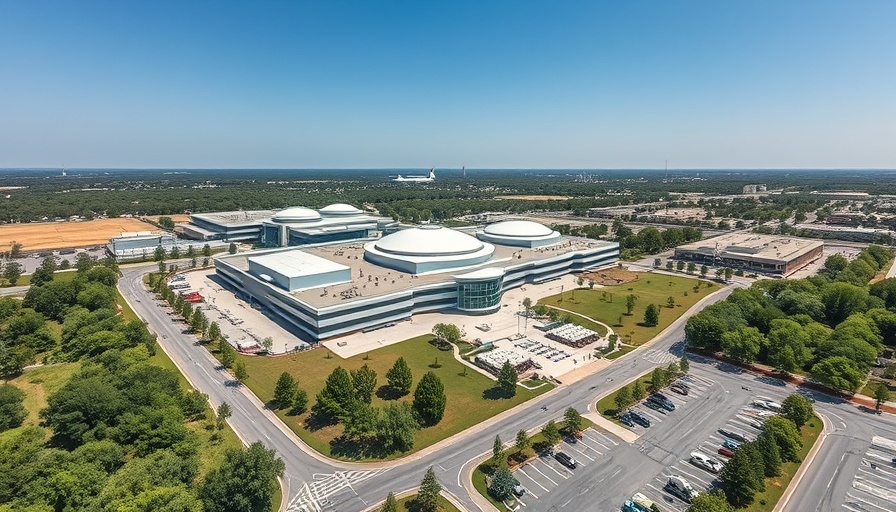
A Critical Moment in NASA's Leadership Transition
Nasa is currently facing a significant shift with the announcement of Makenzie Lystrup’s departure as the director of the Goddard Space Flight Center. This news arrives amid a troubling trend, with thousands of agency employees leaving their roles in what can only be described as a turbulent time for America's premier space agency.
Lystrup, who has led the center since April 2023 and oversaw more than 8,000 civil servants and contractors, is a notable figure in this wave of departures. Her exit emphasizes underlying concerns regarding leadership stability, particularly as NASA prepares to navigate a potential 25 percent budget cut instigated by the current administration.
The Broader Implications for NASA and Space Exploration
NASA's Goddard Space Flight Center plays a pivotal role in scientific research and robotic space missions, encompassing key projects like the James Webb and Hubble telescopes. As budget constraints loom, the potential for compromised missions raises alarm among employees and experts alike. In an open letter, titled “The Voyager Declaration,” hundreds of current and former staff expressed their frustrations regarding recent policy changes that threaten public safety and scientific integrity.
This letter signals a broader sentiment within the organization, reflecting fears that NASA's focus is becoming misaligned with its scientific mission. As concerns mount, the ripple effects of Lystrup's departure cannot be overstated; they may further impact morale and project continuity at Goddard and beyond.
Why This Matters for the Future of Space Exploration
Lystrup’s exit is more than a mere personnel change; it symbolizes the uncertainty that many within NASA feel as they grapple with the intricacies of federal budgeting and leadership directions. Lystrup's background in astrophysics and extensive experience at Ball Aerospace adds weight to her contributions, which will now be missed at Goddard. Her departure reminds us of the human element behind the pioneering technologies and scientific advancements. As we advance into a future that relies heavily on space exploration and innovation, understanding how the political landscape impacts governance and research at agencies like NASA is vital. This is not just an institutional shake-up; it is a pivotal moment in ensuring that the core missions of exploration and discovery continue uninterrupted.
 Add Row
Add Row  Add
Add 




Write A Comment